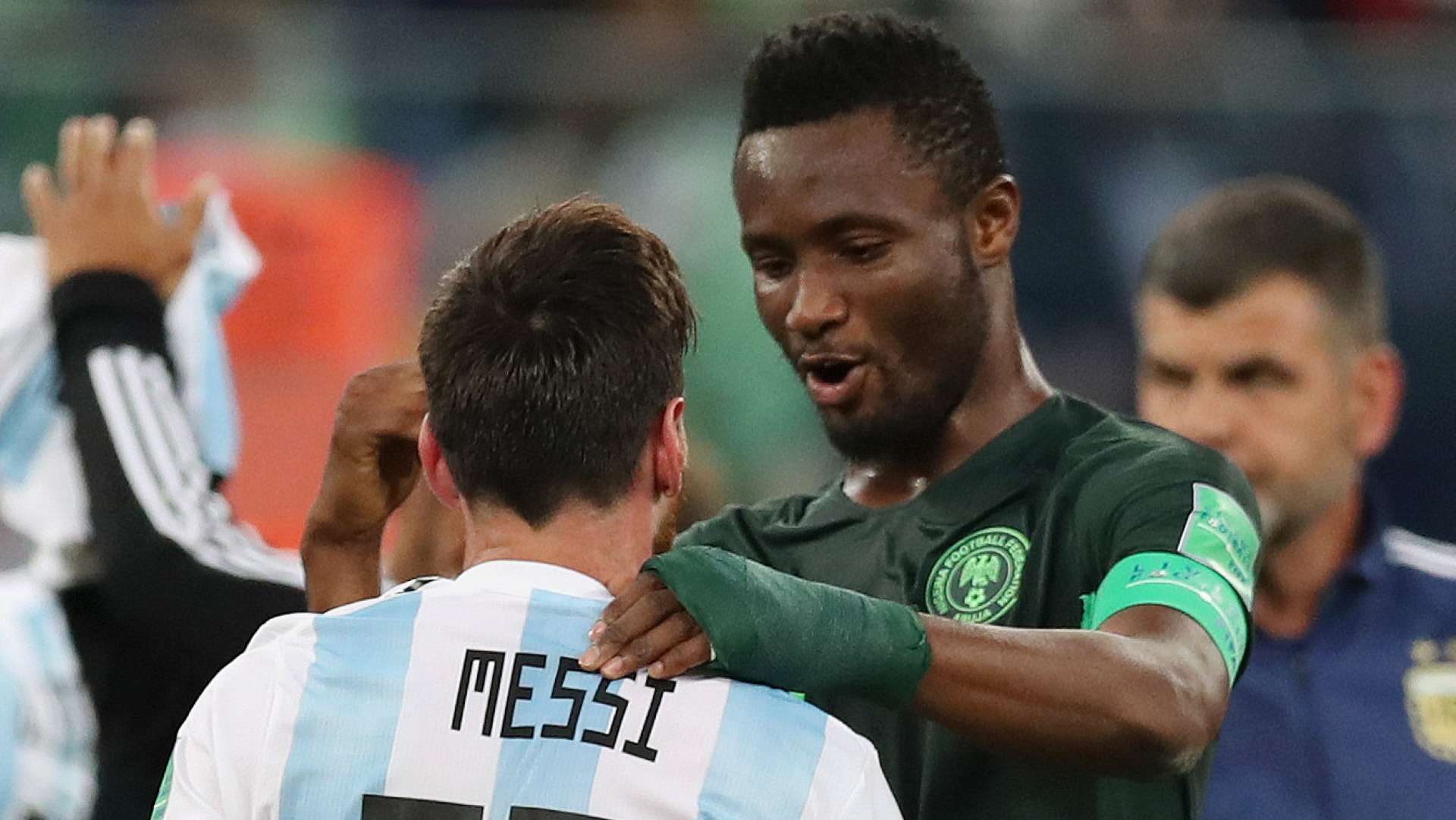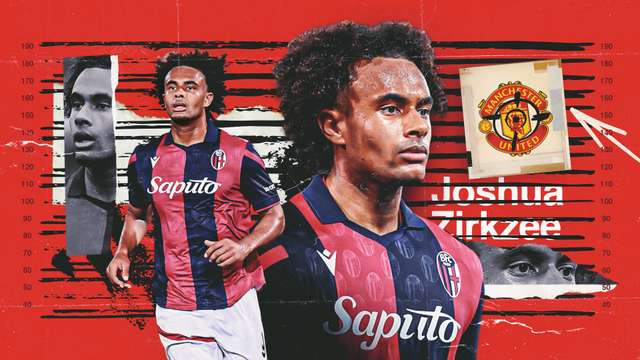As John Obi Mikel calls time on his storied career, GOAL’s Ed Dove recalls the summer of 2005, a dramatic evening in Utrecht, and a first chapter in the player’s mesmerising ‘rivalry’ with Lionel Messi.
On July 2, at the Galgenwaard Stadium, Argentina and Nigeria contested the final of the Fifa World Youth Championships, today referred to as the U-20 World Cup.
Going into the match, the two nations had experienced very different tournaments; a defeat to USA in their opening game aside, Argentina had been imperious. After besting Germany to qualify from the group, Colombia, Brazil and Spain were cast aside as the Albiceleste marched to the final.
Nigeria, on the other hand, were only just beginning to demonstrate their superiority; a semi-final rout of Morocco coming after an arduous, if exciting, tournament. Scraping through the group phase, it took a late winner against Ukraine and a 10-9 penalty defeat of hosts Holland to guarantee progress.
In the final, before over 24,000 fans, it was Argentina who emerged victorious, two Messi penalties either side of a Chinedu Obasi strike giving the South Americans their fifth U-20s title. Messi was the undisputed star of the tournament – with six goals he won both the Golden Shoe, for top scorer – as well as the Golden Ball – heralding him as the tournament’s top player, an award won 26 years previously by compatriot Diego Maradona.
 Getty
GettyThe recipient of the Silver Shoe was Nigeria’s number 9, John Obi Mikel – a player who, like Messi, had been influential in ensuring his team’s place in the final.
As the star among a particularly talented generation of Flying Eagles, Mikel, like Messi, was seemingly setting himself up to become one of the world’s finest players, and to reach the absolute peak of the game.
Messi, for whom superlatives ran dry a long time ago, has realised his potential many times over.
It is perhaps unfair to compare Mikel’s career to that of Messi.
As Xavi once said ‘I don’t ever want to compare Messi to anyone else – it just isn’t fair. On them.’ When the two men met again in the Champions League semi-final in 2012, their careers had taken very different routes from the glories of 2005 to a rainy evening in West London.
Some of Nigeria’s 2005 generation were still around when the Eagles won silver at the 2008 Olympics, again thwarted by Argentina, and specifically, Messi.
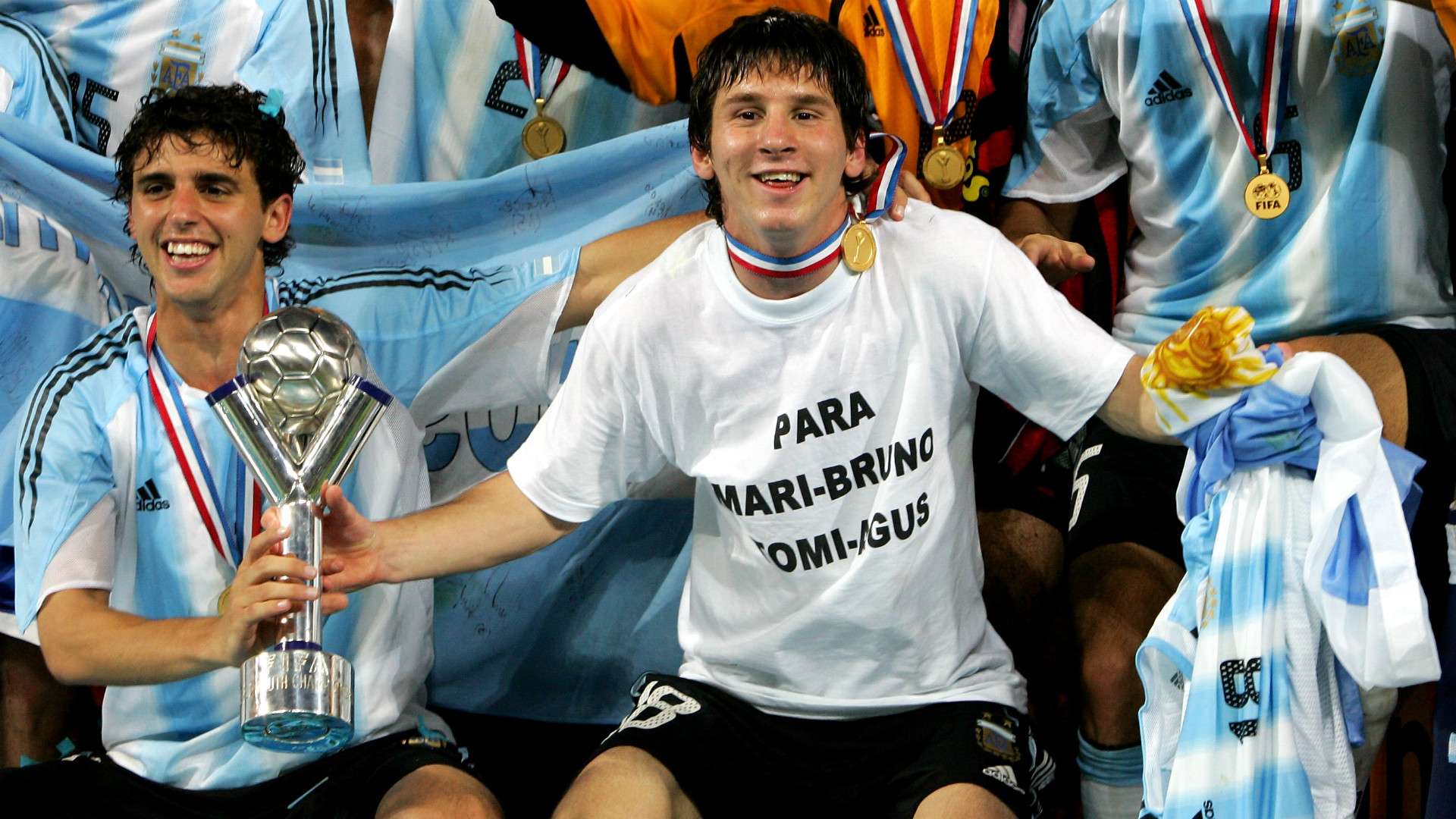 Getty Images
Getty ImagesIt isn’t easy to assess a player’s progress compared to the perceived trajectory they ‘ought’ to have taken. Yet, with Mikel, there remains a lingering doubt he never dazzled at the top level of football in the way he could have done.
Some blame has been apportioned to Jose Mourinho, and on a broader level, Mikel’s decision to sign for Chelsea instead of Manchester United.
Indeed, the case of Joe Cole suggests that among his many qualities as a manager, Mourinho might be lacking the ability to capitalise on, and develop, a talented young prospect. Cole arrived at Chelsea in 2003 having played for West Ham’s first team from the age of 17. His prodigal talent had been noted from an early age, and under the tutelage of Tony Carr at Upton Park, he was heralded as the purest, most exciting, naturally talented footballer produced by England since Gascoigne, or even Hoddle before him.
Cole’s move to Chelsea was meant to signal his arrival on the big time, the West London club supposedly providing the platform for his precocious ability to fulfil his seemingly unlimited potential.
It never truly happened. His three league titles at Chelsea were won by a mercurial talent who decorated teams, without truly inspiring them.
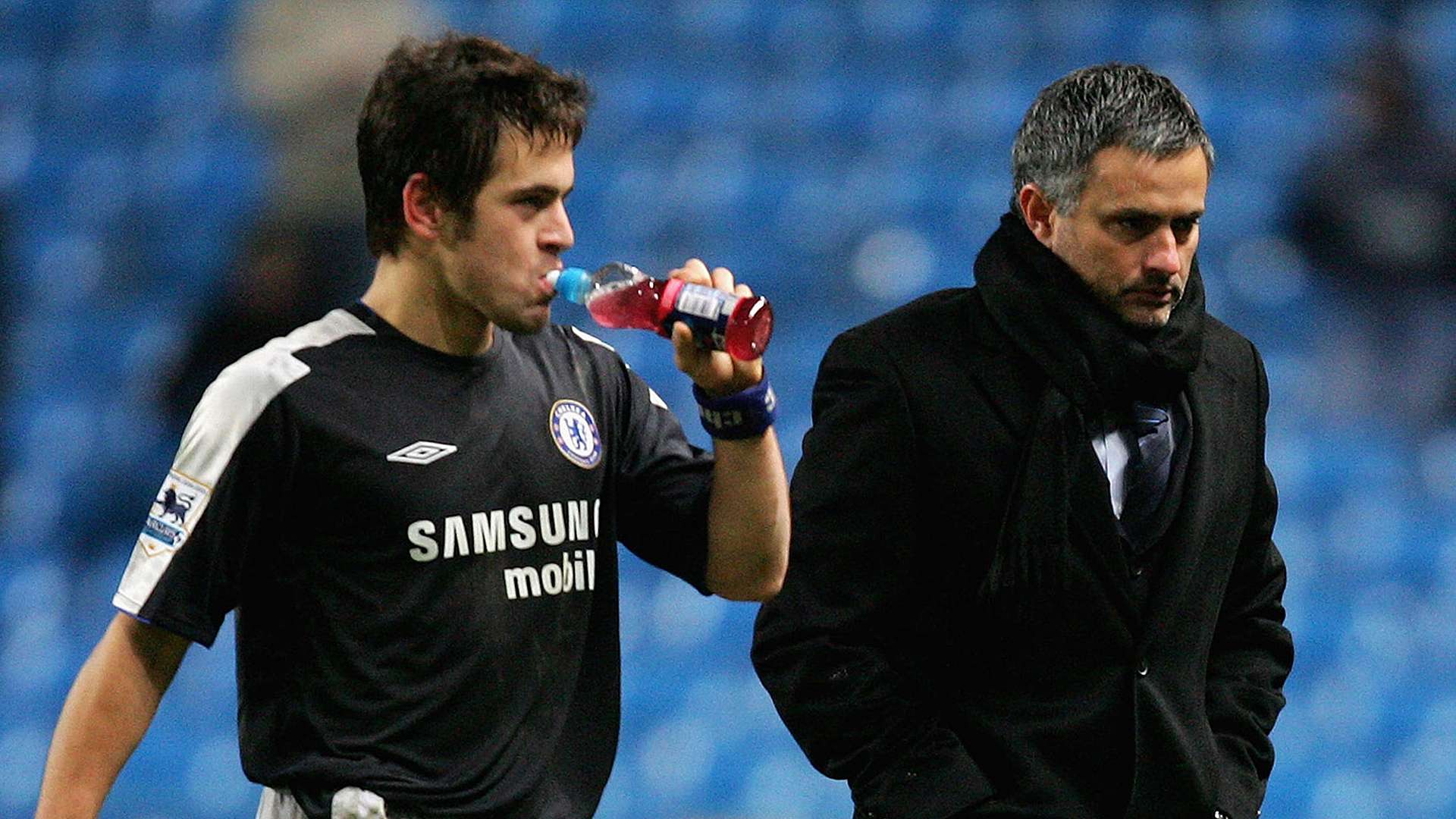 Getty
GettyMourinho’s difficulties with Cole are well documented, and there is a sense that the manager bullied the free spirit from the midfielder, forcing him to play much more of a responsible game, restricting his flair and creativity.
Mikel provides us with a parallel case.
It’s easy for English and European audiences to forget that the player was originally an attacking talent. As a youth international, Mikel began to blossom into an all-round midfielder – displaying intelligent ball retention, forceful tackling, and a certain guile, allowing him to distribute the ball creatively and effectively.
At the U-20 World Cup, playing an attacking role (and wearing the number 9 shirt) Mikel eclipsed talent such as Fabregas and Aguero, playing similar roles. Some Nigerians began to see in Mikel the eventual successor to Jay-Jay Okocha, fanciful as that would ultimately seem.
Then Mourinho had his say.
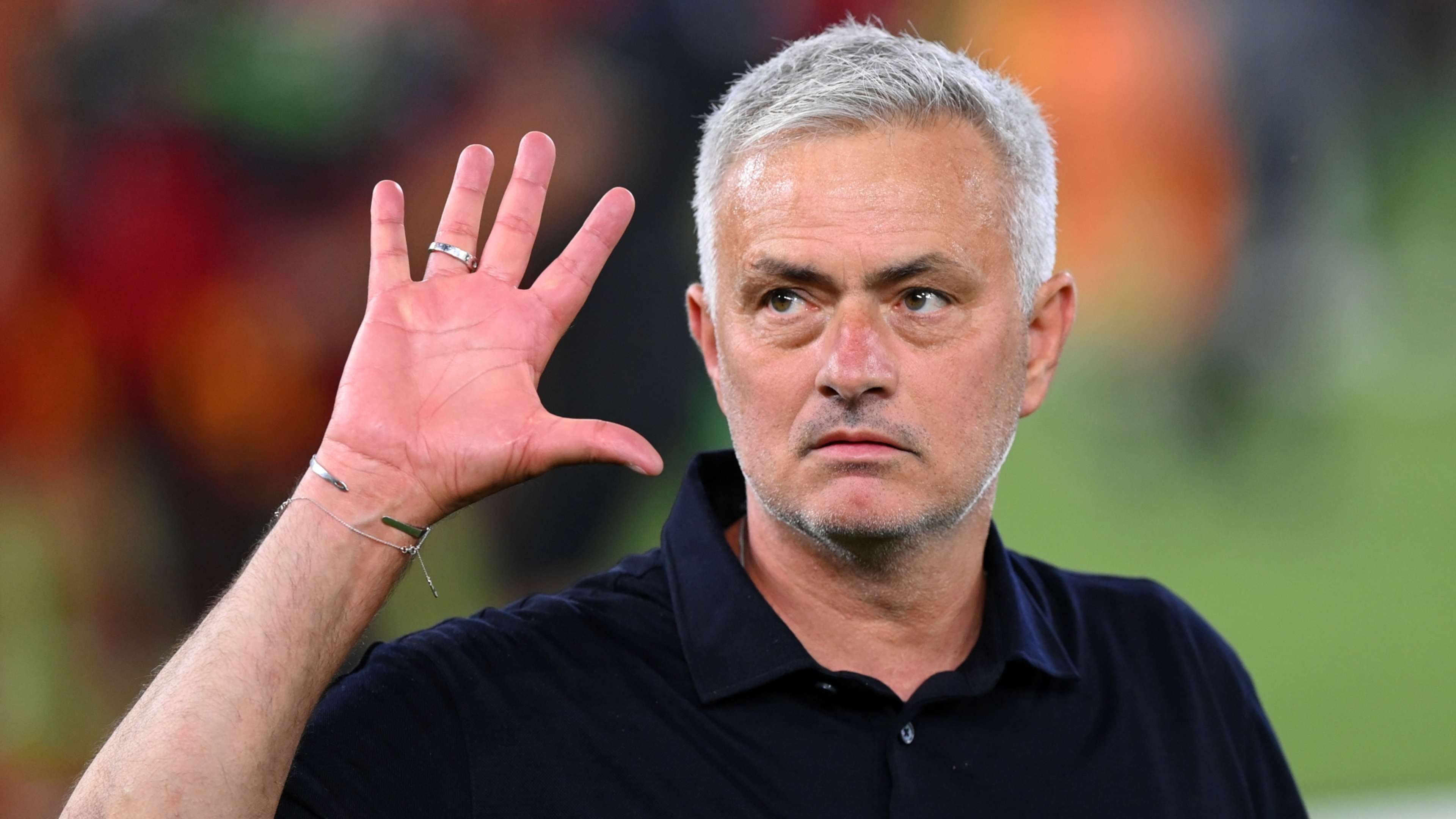 Getty Images
Getty ImagesMindful, maybe, of the impending retirement of Claude Makelele, Chelsea’s defensive lynchpin; seduced, perhaps, by the stereotype that pervades, much maligned recently by the French media, of the physical West African defensive midfielder; the manager opted to use Mikel in a withdrawn role in front of the defence.
Despite being criticised early in his career in England, the result of a combination of reckless tackling, poor discipline off the pitch, and below average performances on it, Mikel began to show his worth in West London, winning the club’s Young Player of the Year award in 2007 and 2008.
In subsequent years, his physical presence, aerial dominance and intelligent possession football became key assets to the Blues midfield, with Mikel flourishing in the deeper role and allowing Michael Essien’s attacking qualities to be unleashed.
It was enough to prompt a change in perception, yes, but doubts remain as to whether Mourinho’s remoulding of the Nigerian was the optimum way to profit from his raw natural talent.
As Mikel won Chelsea’s Young Player of the Year in 2008, Messi was featuring in Uefa’s team of the year, as Mikel lifted the FA Cup in the summer of 2009 – his second, Messi lifted the Champions League – his second. Such comparisons deserve a context, certainly, but it’s hard to look beyond the reality that while Messi broke every scoring record under the sun, Mikel was left picking up scraps for Raul Meireles.
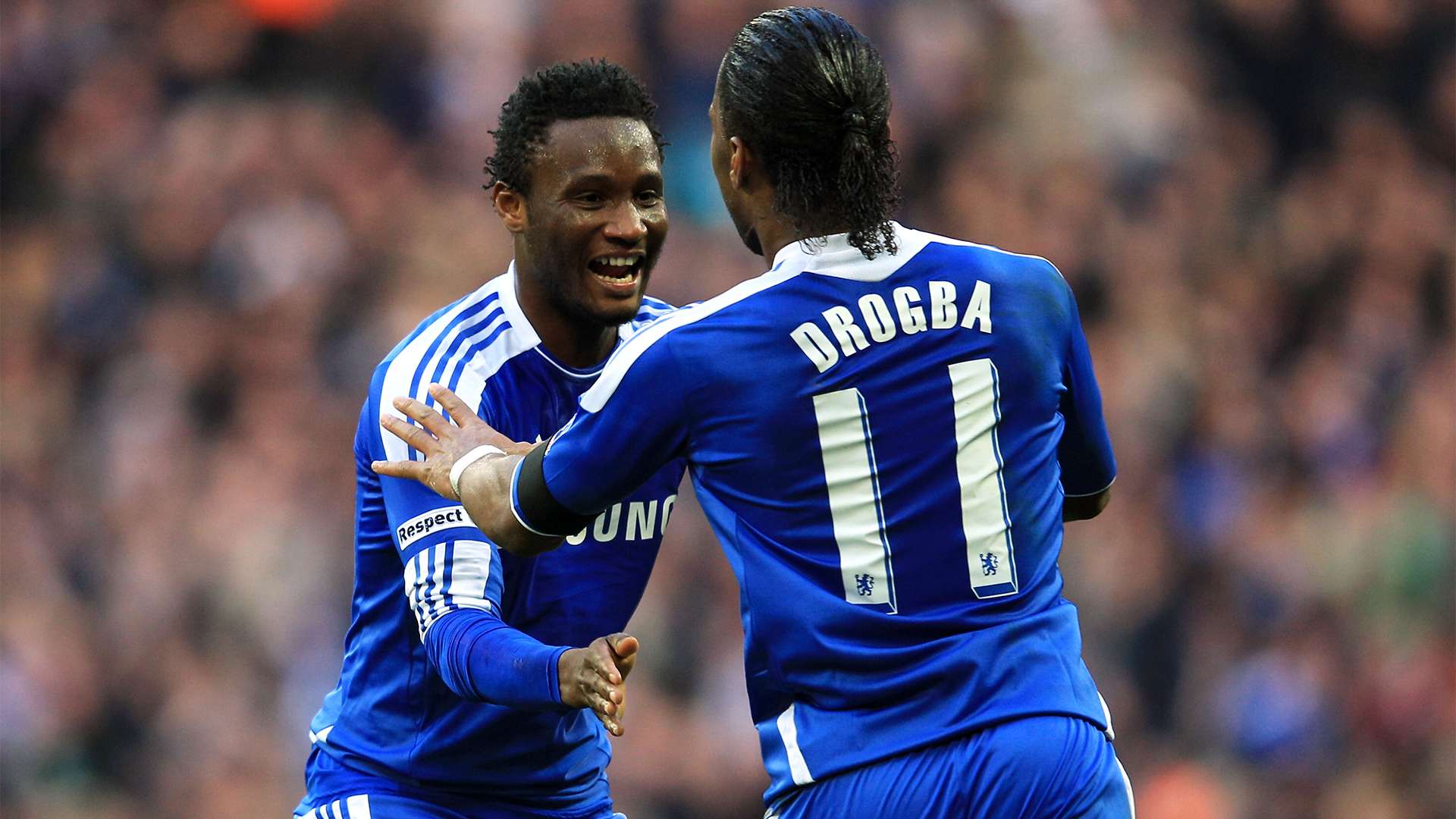 Getty Images
Getty ImagesSome suggest it could all have been so different had it been Manchester United, and not Chelsea, who had ended up with the midfielder back in 2005. The circumstances of Mikel’s transfer from Lyn Oslo are still somewhat shrouded in controversy, but when the dust settled, despite photographs taken in a United shirt, the road led to Stamford Bridge.
It’s impossible to know exactly what kind of player Mikel would be now had he opted for Old Trafford.
The cases of Anderson and Bebe suggest that a spot under Alex Ferguson’s wing was no guarantee of a realisation of potential, it’s generally hard to argue with his track record.
Prodigal yet precocious talents such as Nani, Rooney, and Ronaldo became superstars under his tutelage, being allowed to develop and utilise their breathtaking attacking instincts, while simultaneously understanding what it means to contribute to the team effort and the common objective. These three players have married natural ability with absolute drive and accomplished efficiency.
After arriving at Barcelona in 2000, Messi’s talent was nurtured, and his abilities honed at La Masia. Despite requiring treatment to combat a growth hormone deficiency, Messi’s ability consistently shone through.
After three years learning the ‘Barca way’ he was unleashed upon the defences of La Liga, going on to become arguably the game’s greatest ever player. ‘Nature’ is clearly in effect here, but it’s hard to deny that ‘nurture’ has also greatly influenced proceedings.
When Messi and Mikel met again in the Champions League in 2012, as Chelsea squeaked their way to the final, it was the latter who excelled.
On paper, the most defensive minded of Chelsea’s midfield three, Mikel often moved up the pitch, ahead of Lampard and Meireles, to close down Xavi. Once the action had moved from the Spanish playmaker, Mikel would drop again and contribute to shielding the defence.
For this game, at least, Mourinho’s re-modelling proved ideal, as Messi and Barcelona’s band of travelling maestros were frustrated and Chelsea took a step towards the title.
However, this wasn’t a battle between two creative talents aiming to upstage the other, it was a bout between Messi and a blue mass.
The biggest of whom was the man he’d bested way back in 2005. John Obi Mikel.
